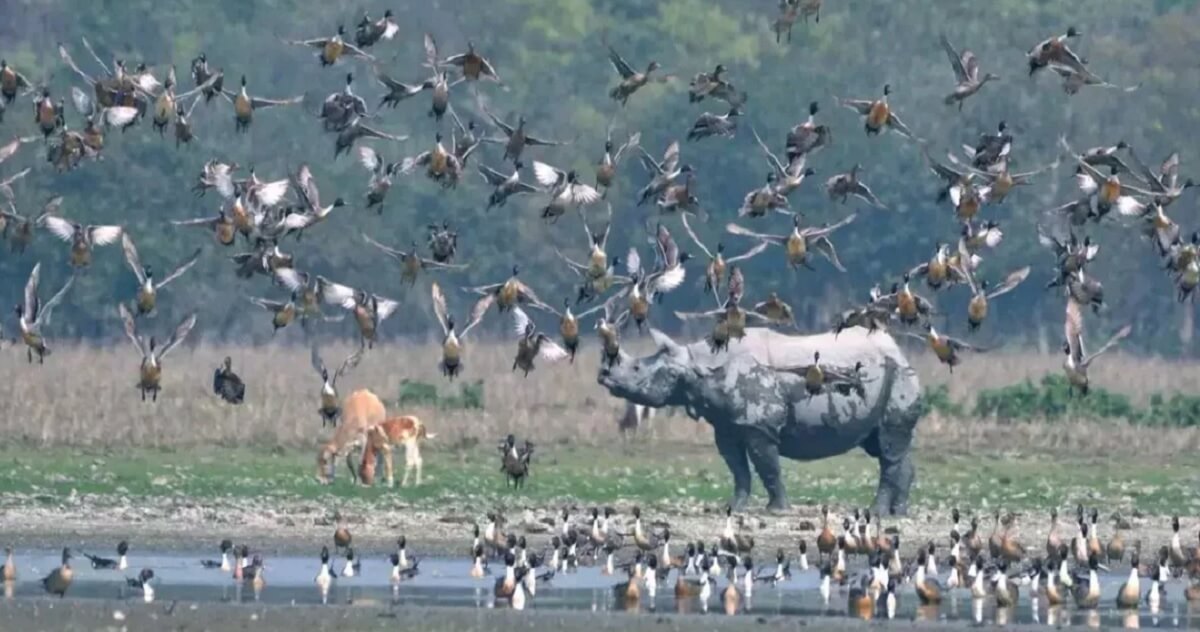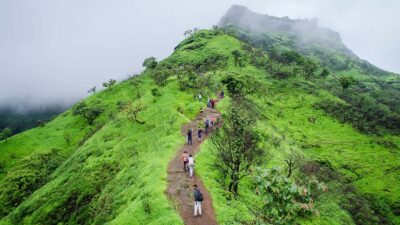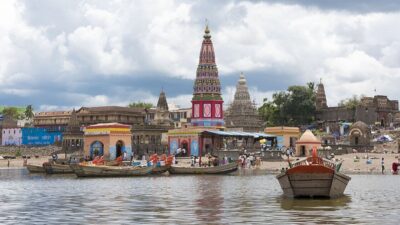The monsoon in India isn’t just about hills and waterfalls—it’s also a spectacular time for wildlife. While many tiger reserves and national parks close from June to September, several key sanctuaries across the country remain open and offer a completely different perspective of the wild. Lush landscapes, newborn animals, fewer tourists, and the symphony of rain make it a magical season for nature lovers.
In this guide, we highlight top wildlife sanctuaries and national parks open during monsoon, covering where to go, what to expect, and how to plan your trip responsibly.
1. Periyar Wildlife Sanctuary, Kerala
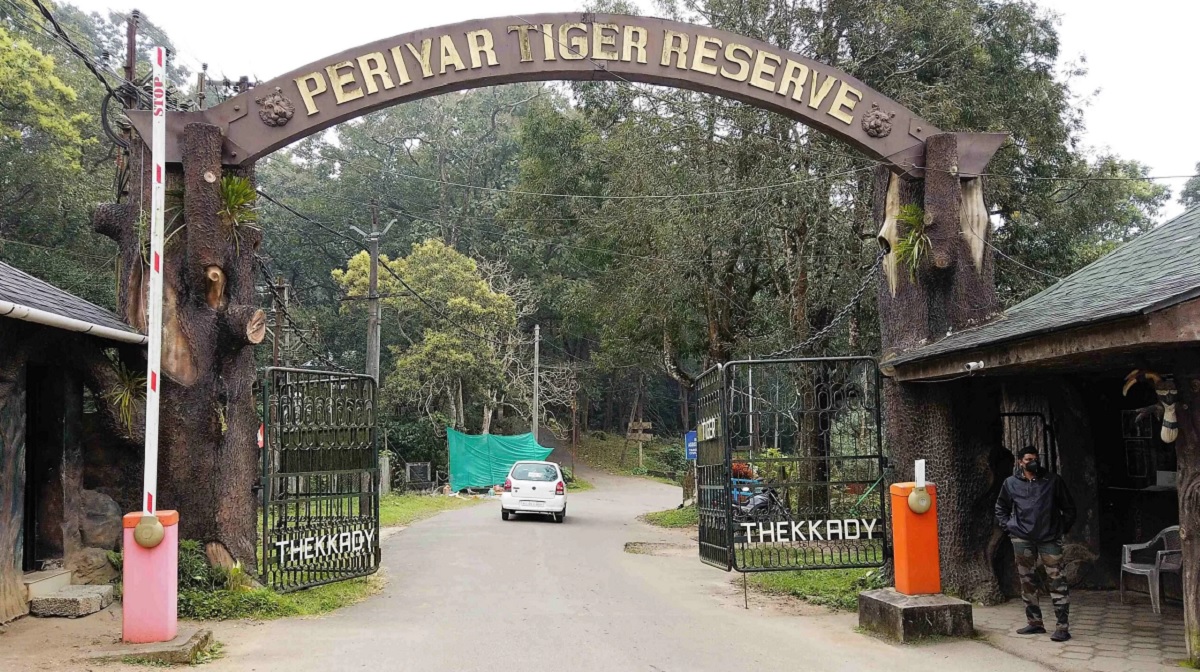
Nestled in the Western Ghats, Periyar Wildlife Sanctuary in Thekkady is open year-round and especially stunning during the monsoon. The Periyar Lake fills to the brim, the forests turn an even deeper green, and boat safaris offer tranquil sightings of elephants, gaurs, and macaques on the banks.
While jeep safaris are limited during heavy rainfall, nature walks, bamboo rafting, and boat cruises continue and offer immersive experiences.
Pair this destination with a visit to Kumarakom or Munnar, both of which are monsoon-friendly hill escapes. You can check out our Kumarakom travel guide or Munnar in March to extend your Kerala itinerary. Periyar National Park Guide for Nature Lovers
Best time to visit: June to August
Ideal for: Family trips, slow travelers, photography
2. Kaziranga National Park (Eastern Range), Assam
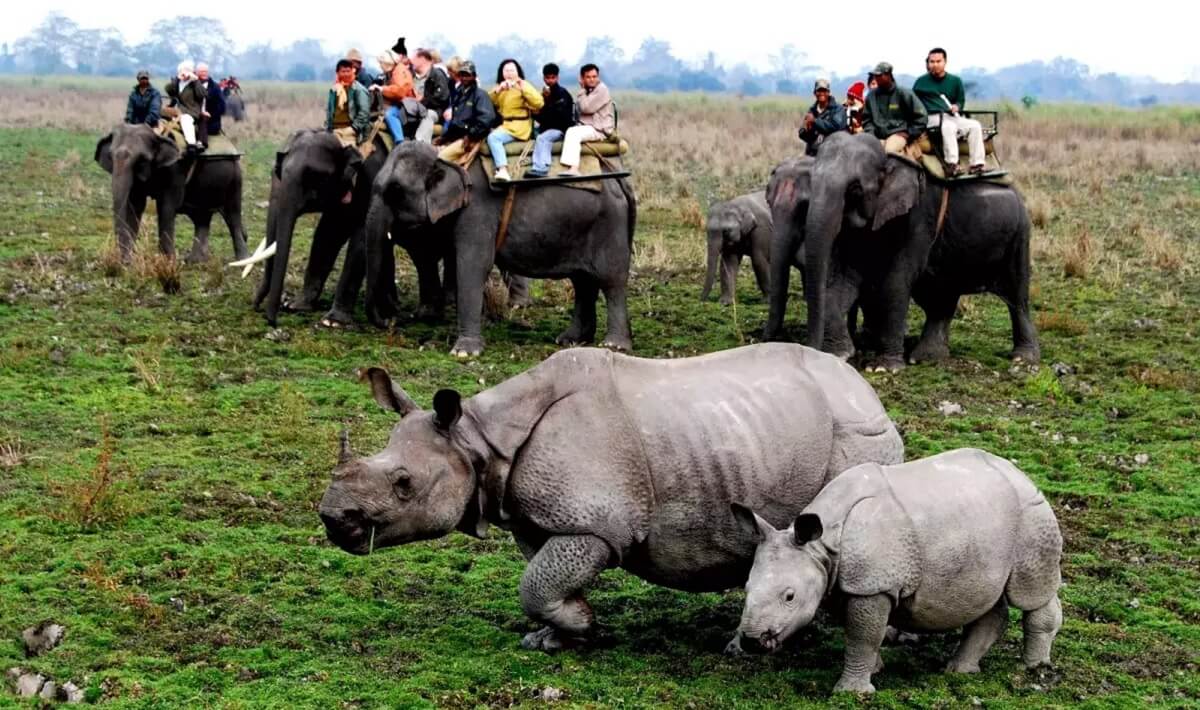
While parts of Kaziranga are closed during peak monsoon, the Eastern Range (Agratoli) remains partially accessible depending on water levels and conditions. This area is rich in birdlife and offers views of the floodplain ecosystem—a spectacle unique to Assam during rains.
Kaziranga is home to the Indian one-horned rhinoceros, and during monsoon, the rhinos and elephants are often seen along elevated areas near the park. While jeep safaris may be restricted, buffer zones and community conservation areas remain open for eco-tourism.
Extend your trip to include Shillong or Majuli Island, and refer to our Shillong February travel guide for regional travel insights.
Best time to visit: Early June or late September (check local updates)
Ideal for: Birdwatchers, offbeat monsoon travel How to Plan a Trip to Kaziranga National Park
3. Silent Valley National Park, Kerala
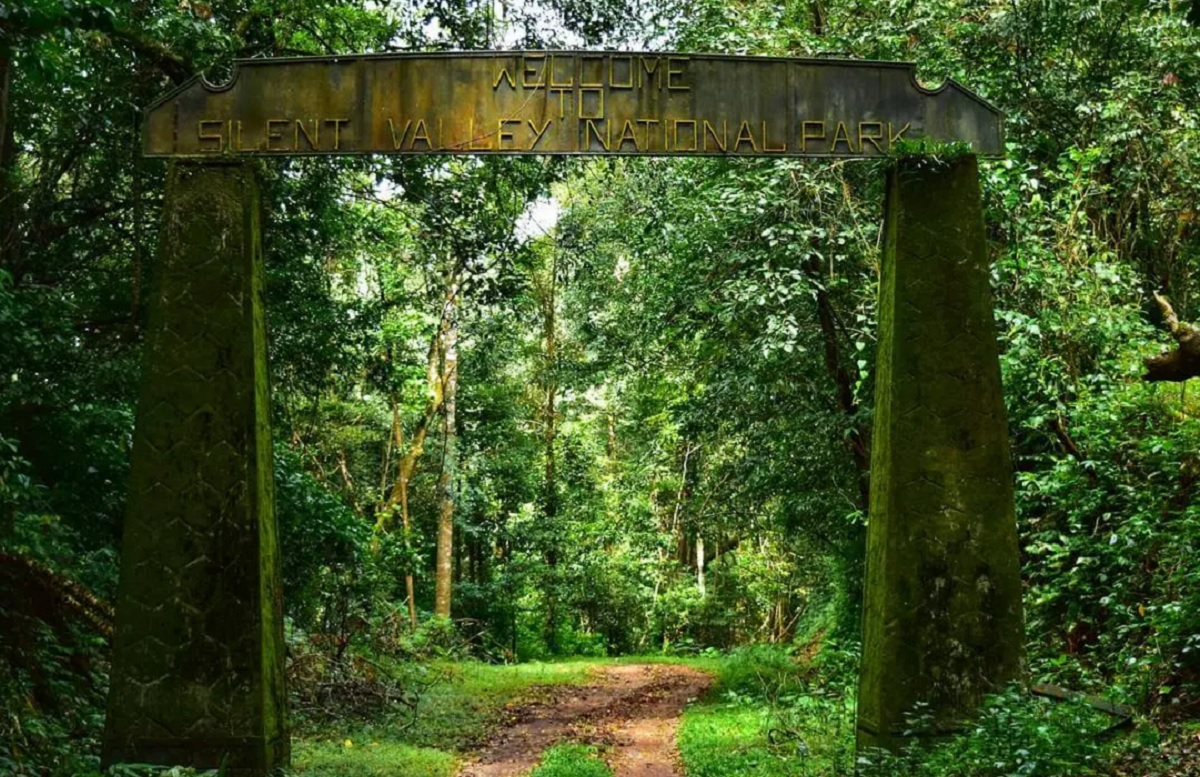
Tucked deep in the Nilgiris, Silent Valley National Park remains open through the monsoon and offers an extraordinary rainforest experience. Unlike typical tiger reserves, this park is famed for its undisturbed biodiversity, including the Lion-tailed macaque, Nilgiri langur, and countless orchid and insect species.
The heavy rains of July and August only heighten the mystery of the place. Treks and guided walks are available but require advance booking with forest authorities. You’ll need to take a forest vehicle from the buffer zone, making it a true wilderness journey.
Best time to visit: June to September
Ideal for: Eco-tourists, biology students, serious nature enthusiasts
4. Mhadei Wildlife Sanctuary, Goa
While most tourists head to Goa for its beaches, Mhadei Wildlife Sanctuary in the northern part of the state is a paradise for monsoon adventurers. Known for its dense forests, rare species like the black panther, and spectacular monsoon waterfalls, the sanctuary offers unique sightings during the rains.
Trekking, birdwatching, and butterfly spotting are popular activities here. Plus, Goa’s spice plantations and monsoon festivals (like Sao Joao) complement a nature-filled itinerary beautifully.
Check out our blogs on offbeat destinations in India to inspire your slow travel route.
Best time to visit: Mid-June to August
Ideal for: Nature walks, waterfall seekers, wildlife photographers
5. Cotigao Wildlife Sanctuary, South Goa
Another monsoon-friendly sanctuary in Goa is Cotigao, located near Canacona. Less crowded than Mhadei, it features treetop watchtowers, wet evergreen forests, and plenty of birdlife. It’s ideal for families and beginner wildlife enthusiasts.
Cotigao is home to deer, giant squirrels, and reptiles, and the rainforest ecosystem becomes especially active during the monsoon. This is a great add-on to a beach-and-jungle itinerary if you’re looking for variety.
Best time to visit: June to September
Ideal for: Family nature tours, Goa road trips
6. Agumbe Rainforest, Karnataka
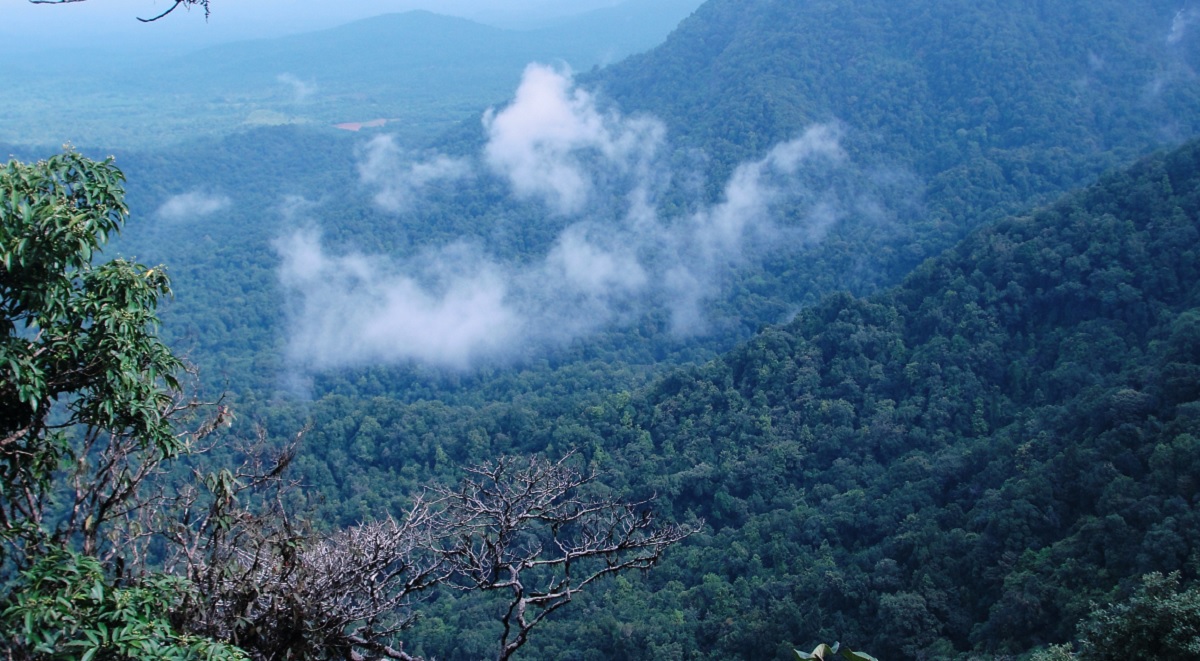
Known as the Cherrapunji of the South, Agumbe is one of India’s best places to experience rainforest wildlife during monsoon. Though it’s not a national park in the formal sense, this protected rainforest zone is a hotspot for king cobras, giant squirrels, and rare amphibians.
Agumbe is part of the Someshwara Wildlife Sanctuary and is open year-round. The monsoon brings out the true biodiversity of the Western Ghats, making it a dream destination for herpetologists and serious nature lovers.
You can combine this with a visit to Coorg (read our Coorg itinerary) for a full Western Ghats loop.
Best time to visit: July to September
Ideal for: Wildlife researchers, monsoon trekkers, slow travelers
7. Nagarhole National Park (Kabini Side), Karnataka
While many national parks shut down during monsoon, Nagarhole National Park, especially its Kabini region, remains partially open. In fact, this is a great time for luxury wildlife lodges that offer boat safaris and wildlife experiences even during the rainy months.
You may spot elephants, gaur, and a variety of birds along the riverbanks. The lush surroundings, mist-covered jungle, and dramatic skies make monsoon a spectacular time for photographers and those seeking a more relaxed wildlife vacation.
Best time to visit: July to September
Ideal for: Luxury wildlife travel, birdwatching, honeymooners
8. Chilika Lake, Odisha
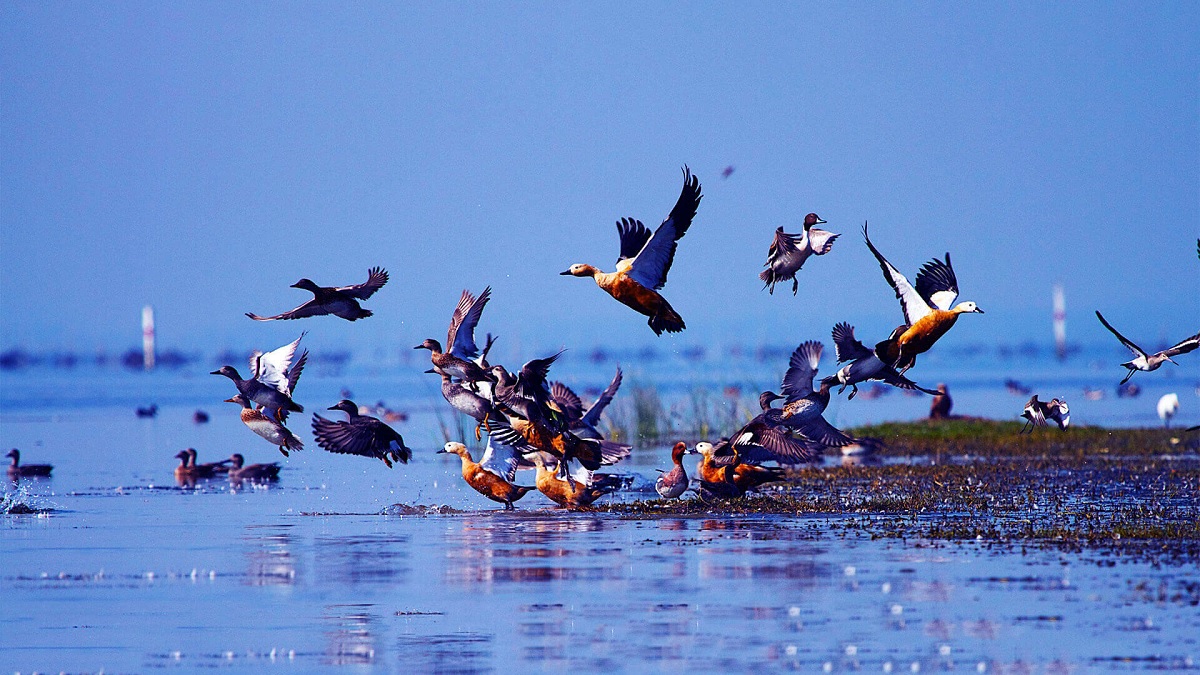
While not a forested wildlife sanctuary, Chilika Lake—Asia’s largest brackish lagoon—is a haven for biodiversity even during the monsoon. While the major bird migration happens in winter, the rainy season brings lush greenery, rich fish life, and dolphin sightings near Satapada.
Boat rides continue in many parts of the lake, and local fishers offer eco-friendly tours. For travelers exploring Odisha during Rath Yatra or Puri cultural visits, Chilika makes for an excellent add-on.
Best time to visit: July to September
Ideal for: Dolphin watching, cultural + nature mix
Tips for Monsoon Wildlife Travel in India:
- Always check local weather conditions before planning. Some sanctuaries operate partially depending on rainfall.
- Wear waterproof gear, including hiking shoes, ponchos, and insect repellent.
- Book official forest guides or naturalists for safe and enriching experiences.
- Avoid plastic, stay on trails, and respect local wildlife.
Conclusion: Monsoon is the Wildest Season
While many travelers skip wildlife trips during the monsoon, those who venture out are rewarded with rich greenery, rare animal encounters, and a quieter, more immersive jungle experience. These open sanctuaries and national parks give you a unique chance to see India’s ecological wonders at their most vibrant and alive.
Ready to walk the wild trails of the monsoon? Use this guide as your starting point and explore more hidden eco-destinations on Ease India Trip.
